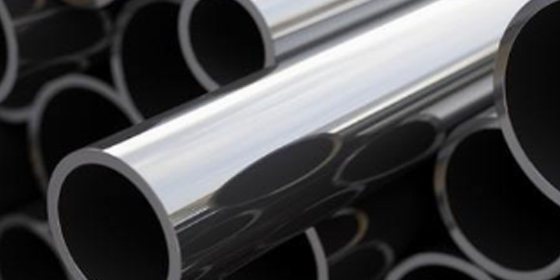Stainless steel is a widely used material known for its strength, durability, and resistance to corrosion. Two popular grades of stainless steel, SS304 and SS316, are often compared for their similarities and differences. While they may appear similar, each grade has distinct characteristics that make them suitable for specific applications.
Composition and Alloying Elements
SS304 contains 18% chromium and 8% nickel, making it a commonly used stainless steel grade. In contrast, SS316 includes 16% chromium, 10% nickel, and 2% molybdenum. The addition of molybdenum in SS316 enhances its corrosion resistance, especially in chloride-rich environments. This makes SS316 more suitable for applications in marine and coastal settings where exposure to saltwater and corrosive substances is common.
Corrosion Resistance
Both SS304 and SS316 offer good corrosion resistance in general conditions. However, SS316 surpasses SS304 due to the presence of molybdenum. The added molybdenum provides SS316 with increased resistance to various forms of corrosion, such as pitting and crevice corrosion, which can occur in harsher environments. Therefore, SS316 is often preferred for applications where corrosion resistance is crucial.
Strength and Temperature Resistance
Compared to SS304, SS316 exhibits higher tensile strength, yield strength, and toughness. It is also more resistant to high temperatures. These properties make SS316 suitable for applications that require strength and temperature resistance. Industries such as chemical processing, pharmaceutical manufacturing, and food processing often rely on SS316 for its ability to withstand demanding conditions.
Costing
When choosing between SS304 and SS316, cost is a factor to consider. Due to its additional alloying elements, SS316 is generally more expensive than SS304. The price difference can vary depending on market conditions and availability. It’s important to evaluate the benefits of SS316’s enhanced properties against the project’s budget constraints before making a decision.
SS304 and SS316 stainless steels have similar appearances but differ in composition, corrosion resistance, strength, temperature resistance, and price. The choice between these grades depends on the specific requirements of the application and the environmental conditions it will face. To ensure the optimal selection of stainless steel for your project, it is advisable to consult with a materials expert or engineer who can provide guidance based on your specific needs.

